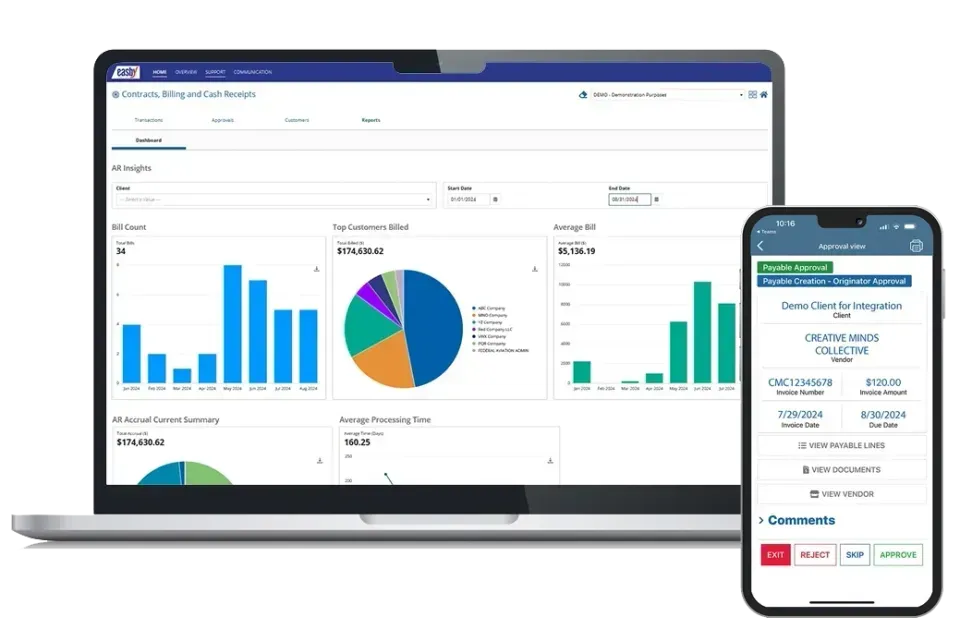Issue 42 – Achieve More in 2021
Issue 42 – Achieve More in 2021

Tax Time Reminder: Don't Forget About Fringe Benefits
As 2020 nears its end, it’s time to focus on W-2 reporting and the tax implications of the fringe benefits you are providing your employees. According to the Internal Revenue Service’s (IRS) Publication 15-B, “a fringe benefit is a form of pay for the performance of services.
The Post Pandemic Back Office
Since the onset of COVID-19, many CEOs have been wondering what will getting back to business as usual look like? The truth is it may not look all that different. The pandemic has certainly redefined the back office as companies were forced to implement telework solutions to keep employees safe.
The CARES Act Tax Impact on GovCons
Due to the pandemic and the subsequent economic impact, 2020 has been an unprecedented year filled with much uncertainty for businesses. Fortunately, on March 27, 2020, Congress responded by passing the Coronavirus Aid, Relief, and Economic Security Act (CARES Act), legislation geared towards helping small- to mid-size companies obtain the liquidity required to keep operations intact.
Share this article:
Visit Us On:



